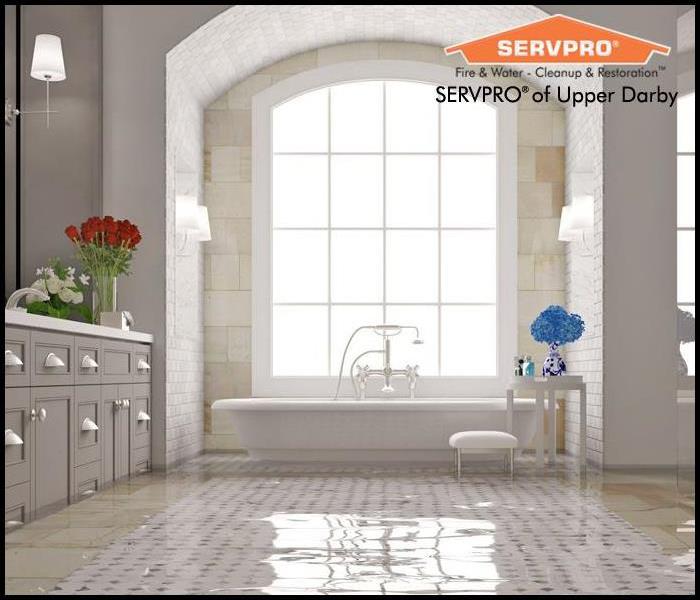How Water Damage Affects Your Floors
3/1/2021 (Permalink)
Some Flooring Fares Well During Floods While Some Does Not
Flood damage is rarely a light load on a home; in most cases, flooding causes a severe, negative impact. The most damaged element is often your floors. Floors are completely submerged during floods, causing water to seep in and wreak havoc. But how exactly does water damage affect different types of flooring?
Wood Flooring
Water damage is often most pronounced on wood flooring. Wood is vulnerable to flooding and other water damage as its materials have been intentionally dried; when wet, it can rapidly change shape, warp, stain, and lose color.
Carpets
Carpeting is often typically hard-hit by a flood. Carpets have space in between their fibers and underneath them and are usually composed of cotton, fabric, or plastic fiber, all of which are highly susceptible to permanent water damage. These spaces can be widened, tearing the material apart. Carpets are also prone to staining and discoloration. Where a rug of a different color is on top of a carpet, its color may bleed through and cause thick discoloration. Carpets are often ripped up and replaced after a flood to prevent serious mold growth in the home.
Tile and Concrete
Tile, concrete, and other stone floors often fare the best in a flood. Tiles are typically immune to water, requiring only cleaning and sanitization following a flood. Be mindful, however, that some types of tile grout may be susceptible to water damage and can easily grow mold. A fresh grout layer may be required after a flood. Concrete, meanwhile, may stain and become discolored, although this is typically cleanable or easily painted over.
Have Storm or Flood Damage?
Call Us Today (610) 352-0700
Why Choose SERVPRO of Upper Darby?
Our highly trained technicians are ready to respond immediately to any flood or water damage you experience. We have the expertise to restore your home or business quickly and properly. We use advanced inspection and extraction equipment to find the water and remove it as quickly as possible. Our technicians will monitor and document the drying process to ensure your property is back to normal.






 24/7 Emergency Service
24/7 Emergency Service